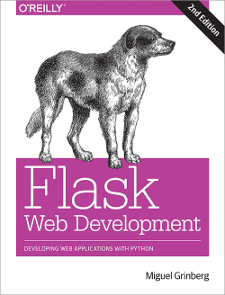Welcome to the React Mega-Tutorial! In this series I will share my experience in developing real-world, non-trivial front end applications using the React library and a handful of related packages.
Unlike most other books and tutorials, the React Mega-Tutorial will take you on a development journey. Instead of teaching you React concepts with isolated examples, it will show you how to develop a complete front end application. You will begin by creating a brand new React project, and then start adding features and functionality to it as you progress through the chapters. When you reach the end, you will have a complete project of which you will understand every single line of code. More importantly, you will understand the concepts and techniques involved in creating it, in way that will be directly applicable to your own projects.


